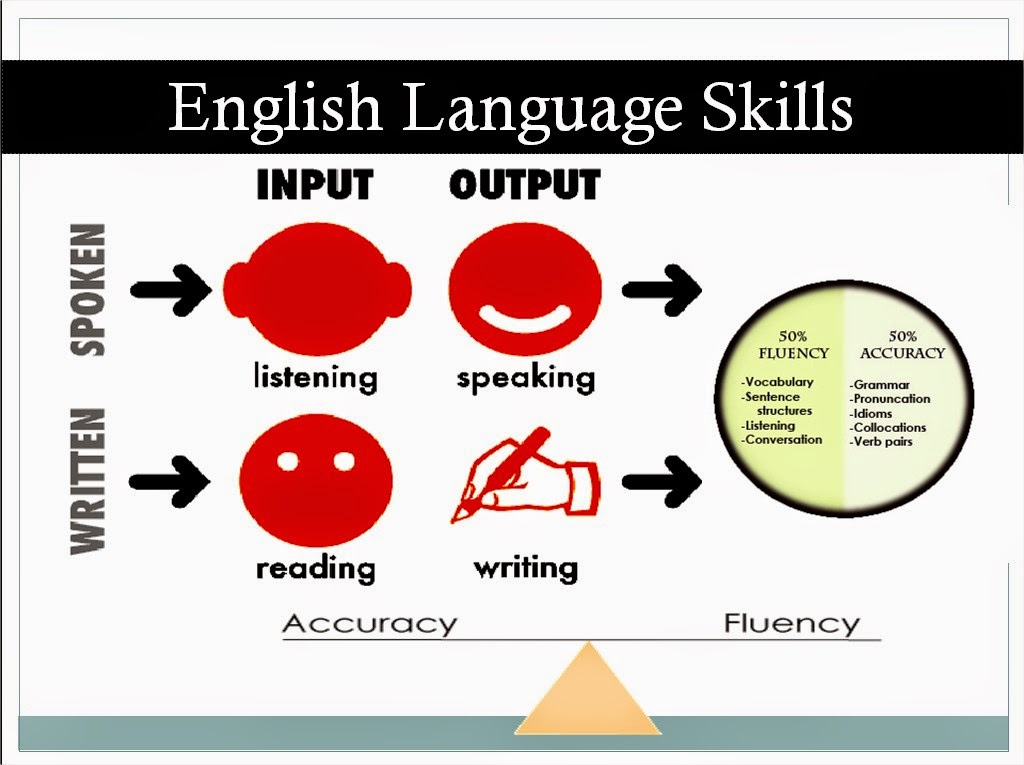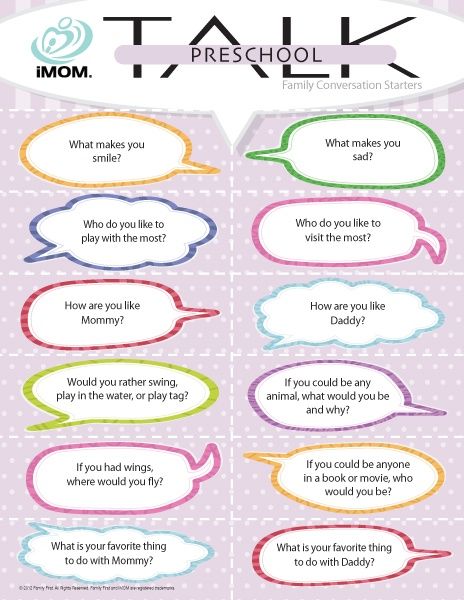Learn how to listen better
How to Be a Better Listener - Smarter Living Guides
By Adam Bryant
Illustrations by Cristina Spanò; Animations by Maliboo
Listening can feel at times like a lost art, maybe because we are communicating so much more electronically. That’s too bad, because being a good listener can help you in every aspect of your life – with family and friends, and with your colleagues at work. Want to up your listening game? Here are some tips I’ve learned from conducting hundreds of interviews over a 30-year career in journalism.
Be Fully Present
Dos
- Clear your mind
- Turn off your phone (or put it away)
- Turn away from monitors
- React in the moment
Don'ts
- Check email
- Plan your answers in advance
- Multitask
- Think about your upcoming schedule
Distracted Listening
You know the feeling. You’re talking to someone, and you can tell from their body language and distant look in their eye that the person is not really listening to you. You realize they’re more interested in an audience than a conversation, so they’re simply waiting for you to stop talking so that they can talk.
Distracted listening may not be as dangerous as distracted driving, but it’s a big problem. Our cellphones are constantly tugging at our attention, pulling our brains out of the moment — who is reaching out to me and what do they want? — creating a subtle shift in the conversation. (The other person, consciously or subconsciously, knows you’ve tuned out.) The same thing happens on phone calls, too. You can almost always tell if someone is checking their email or doing something else when you’re talking to them (brief lags in their responses are a giveaway).
Clear Your Mind
Many of the 525 leaders I interviewed for the Corner Office office column for The New York Times shared memorable stories and smart insights about the importance of listening – a lesson that many of them said they learned the hard way.
Think of listening as a form of meditation.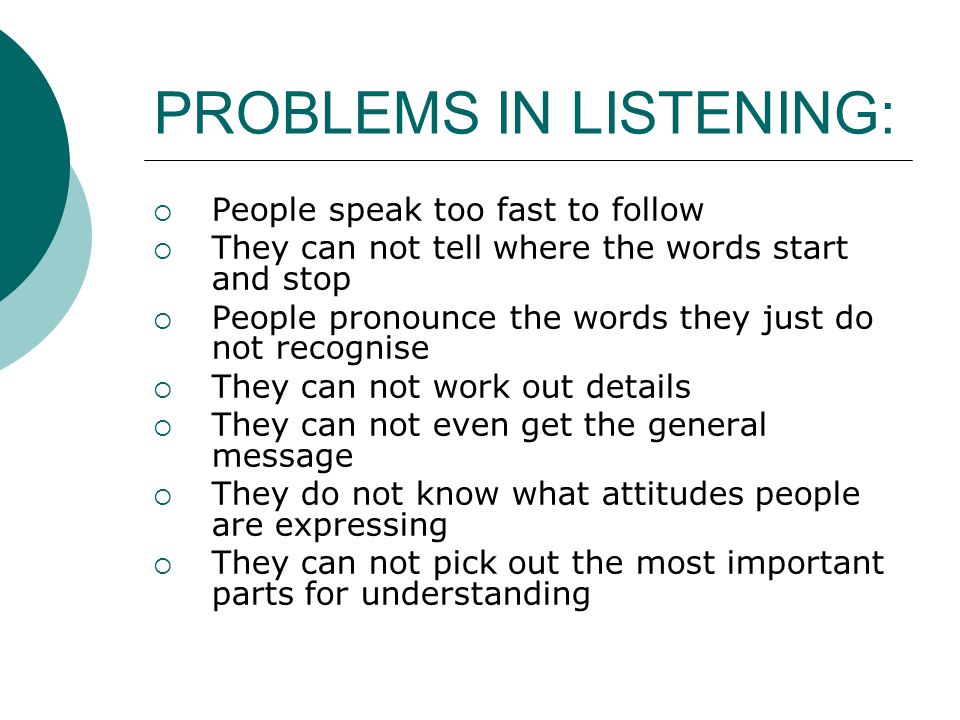 You have to clear your mind of everything else, so you can focus entirely on what the other person is saying. Make sure your phone is off or away from you. If you’re at your desk, turn off your monitor or turn your chair around so you’re not distracted by the screen. Try to focus fully on the other person, pushing away the thoughts about the next meeting you have to go to or a looming deadline.
You have to clear your mind of everything else, so you can focus entirely on what the other person is saying. Make sure your phone is off or away from you. If you’re at your desk, turn off your monitor or turn your chair around so you’re not distracted by the screen. Try to focus fully on the other person, pushing away the thoughts about the next meeting you have to go to or a looming deadline.
“When you have a conversation with somebody, you’re not going to get the nuances of the conversation if you’re doing too many things,” said Michael Mathieu, now the C.E.O. of BeAlive Media. “If somebody picks up the phone, stop your email, stop what you’re doing, listen and have that conversation with the person and then move on. I try to be present so I can enjoy the richness and quality of interactions with people. Most people can’t multitask without losing something in each of those tasks.”
The Improv Approach
If meditation isn’t your thing, use this trick: Pretend you’re doing improv, and that you can only react in the moment to what the other person is saying, rather than planning out the next three steps in the conversation.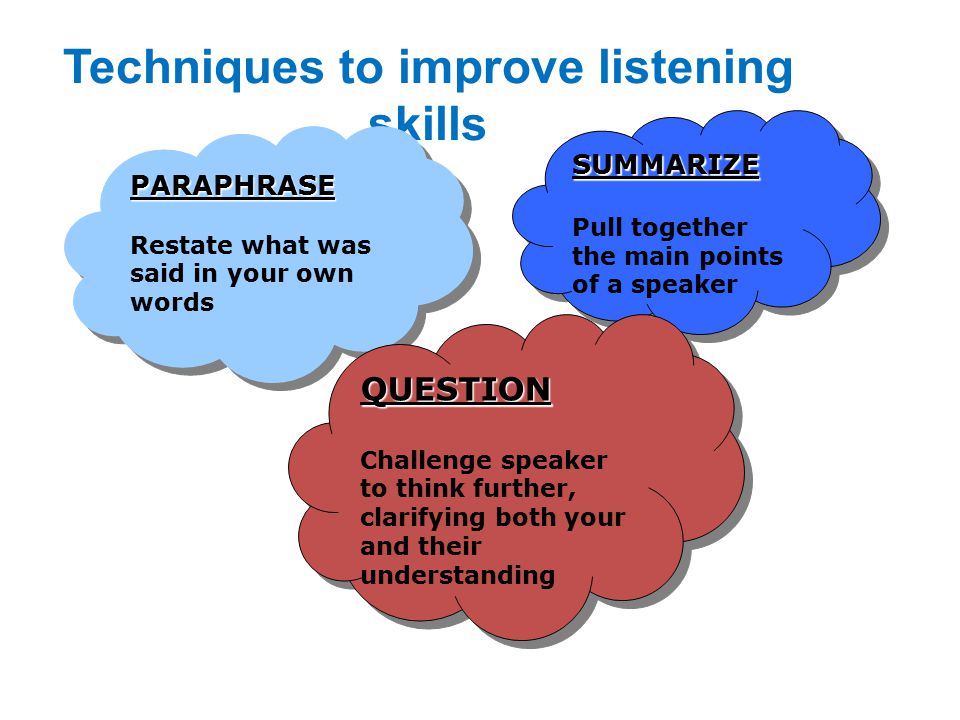 Mark Fuller, the C.E.O. of Wet Design, which makes elaborate fountain installations like the one in front the Bellagio Hotel in Las Vegas, hired an improv instructor at his company to help everyone be better listeners.
Mark Fuller, the C.E.O. of Wet Design, which makes elaborate fountain installations like the one in front the Bellagio Hotel in Las Vegas, hired an improv instructor at his company to help everyone be better listeners.
Mr. Fuller’s logic: “Improv, if properly taught, is really about listening to the other person, because there’s no script. It’s about responding. If you think about it, if you have an argument with your wife or husband, most of the time people are just waiting for the other person to finish so they can say what they’re waiting to say. So usually they’re these serial machine-gun monologues, and very little listening. That doesn’t work in improv. If we’re on the stage, I don’t know what goofball thing you’re going to say, so I can’t be planning anything. I have to really be listening to you so I can make an intelligent — humorous or not — response.”
The best kind of listening is about being comfortable not knowing what you’re going to say next, or what question you might ask.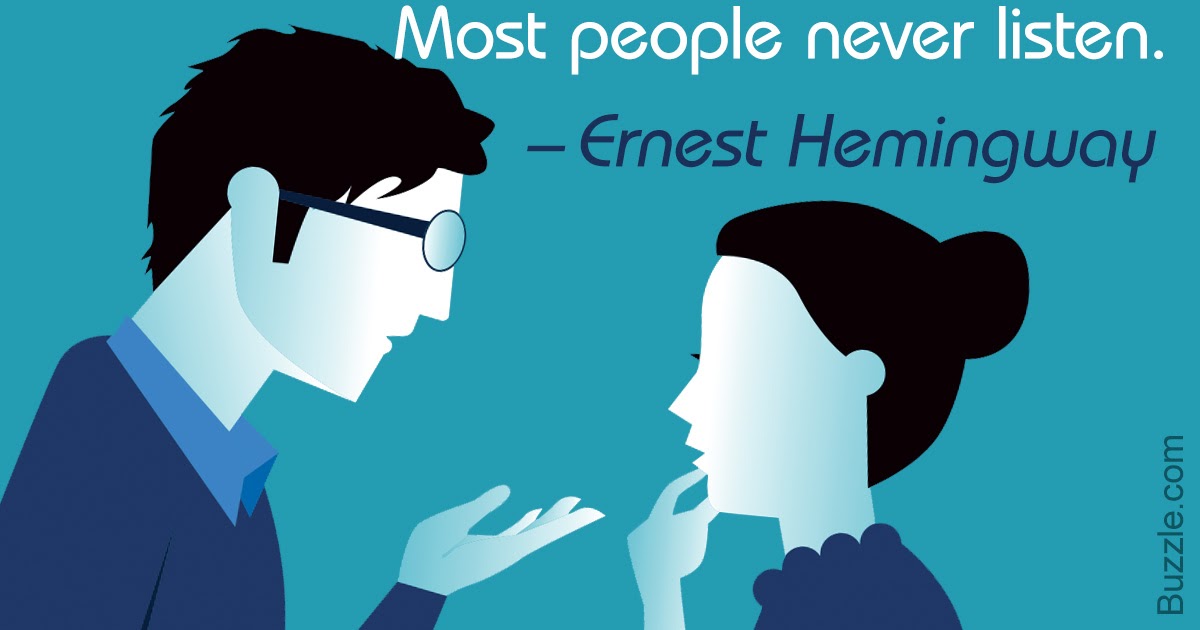 Trust that you’ll think of something in the moment based on what the other person just said. That will send a powerful signal to the other person that you’re truly listening to them.
Trust that you’ll think of something in the moment based on what the other person just said. That will send a powerful signal to the other person that you’re truly listening to them.
No Judgments or Agendas
Dos
- Be empathetic
- Know why you are talking
- Be grounded
Don'ts
- Judge
- Brag
- Bring an agenda
Listening, done well, is an act of empathy. You are trying to see the world through another person’s eyes, and to understand their emotions. That’s not going to happen if you are judging the other person as they’re talking. It will dampen the conversation, because you will be sending all sorts of subtle nonverbal cues that you have an opinion about what they’re saying. If you go into the discussion with the main goal of understanding their perspective, free of any judgment, people will open up to you, because they will feel they can trust you to respect what they are saying.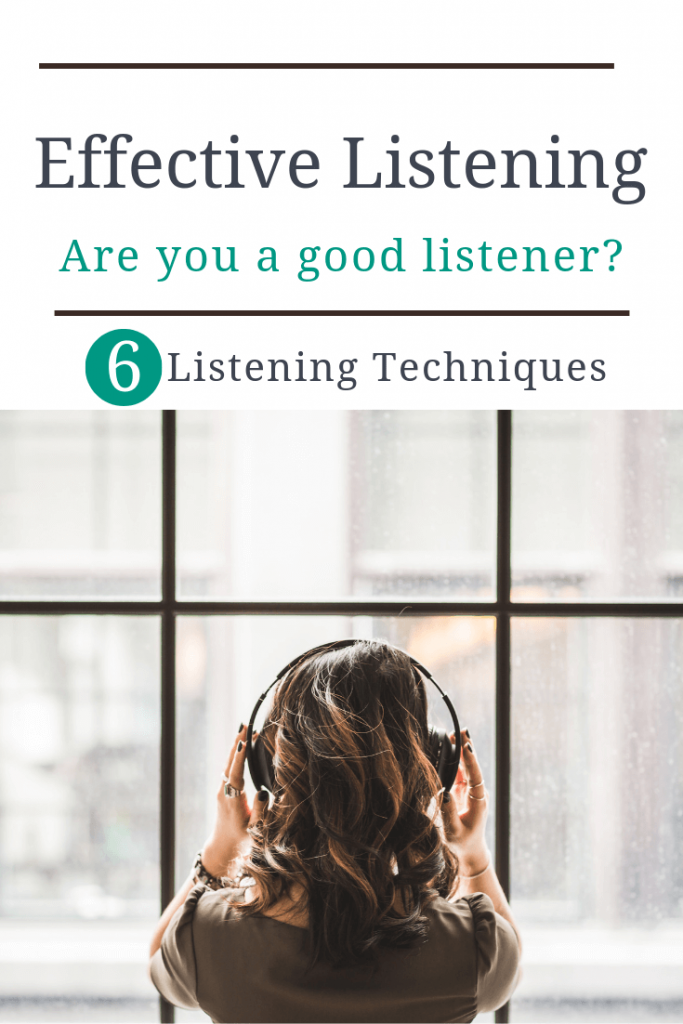
Question Your Motivation
So the first step is to listen with no judgments. And when you do talk, be honest with yourself about what’s really motivating you to say what you’re about to say. There is a useful acronym to keep in mind when you’re talking to someone: W.A.I.T., which stands for “Why Am I Talking?”
That’s not to say that you shouldn’t contribute to the conversation. It’s just a good reminder to be self-aware of why you’re talking. Is it about the other person — to show them that you understand what they’re saying, because maybe you’ve had a similar experience? Or is there subtext of needing to brag a bit? It’s a particularly good rule to keep in mind for anybody in a management or leadership position, because anything you say can quickly overwhelm a discussion and make people shut down. But it’s true for everyone, as well.
“You can’t have an agenda,” Joel Peterson, the chairman of JetBlue Airways and founder of Peterson Partners, an investment firm, told me. “When you have your own agenda when you’re listening to someone, what you’re doing is you’re formulating your response rather than processing what the other person is saying. You have to really be at home with yourself. If you have these driving needs to show off or be heard or whatever, then that kind of overwhelms the process. If you’re really grounded and at home with yourself, then you can actually get in the other person’s world, and I think that builds trust.”
“When you have your own agenda when you’re listening to someone, what you’re doing is you’re formulating your response rather than processing what the other person is saying. You have to really be at home with yourself. If you have these driving needs to show off or be heard or whatever, then that kind of overwhelms the process. If you’re really grounded and at home with yourself, then you can actually get in the other person’s world, and I think that builds trust.”
Show You’re Listening
Dos
- Nod encouragingly
- Lean in
Don'ts
- Nod encouragingly
- Lean in
In 1957, two American psychologists, Carl Rogers and Richard Farson, coined the term “active listening” in a paper of the same name. Perhaps it’s debatable whether adding the word “active” is simply redundant. After all, if active listening is a particular kind of listening, then by definition there is another kind called “passive listening.” And is that really listening if you’re talking with someone?
Nevertheless, the phrase has endured for more than 70 years as a popular shorthand for the idea that you can and should make an extra effort to show people that you’re listening to them, rather than just sitting quietly. And that happens with body language, whether you’re leaning closer or tilting your head or arching an eyebrow at the right moment. All these signals help show the other person that you’re listening to them.
And that happens with body language, whether you’re leaning closer or tilting your head or arching an eyebrow at the right moment. All these signals help show the other person that you’re listening to them.
Use Body Language
Showing that you’re listening is not a natural impulse for everybody. Lisa Gersh, the former C.E.O. of Goop.com and Alexander Wang, shared a memorable story of how she learned the power of “the nod.” She had spent her early career as a lawyer, and had to completely change her listening approach when she joined Oxygen Media in its early days as a start-up.
“As a lawyer for many years before that, I was not known as a creative person,” she said in our interview. “When you’re in a legal or business meeting, you don’t egg people on. You pretend like you don’t care. It’s almost like buying a house. You sit with your arms crossed and you pretend like you’re not excited. And it could be the greatest idea in the world, but you don’t want to show your hand.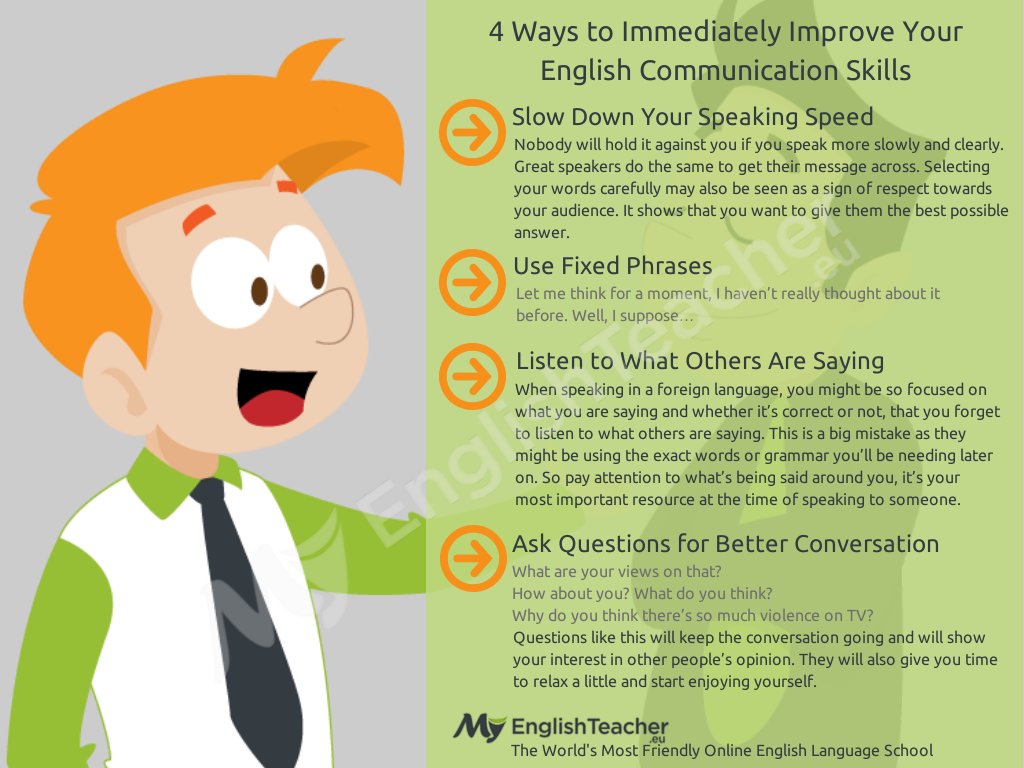 ”
”
“But a creative meeting is different,” she added. “If someone’s coming in with their creative idea, they’re baring their creative soul. And if you sit there with your arms crossed and you don’t say anything, they’re really not going to give it to you.”
“My partner at Oxygen took me to every meeting early on because I didn’t know anything about the business. At one point, I said to her: ‘You never take me to the creative meetings. Why not?’ She said: ‘Because you sit with your arms folded across your chest and it’s not good for creative meetings. You have to learn ‘the nod.’ I said, ‘What’s the nod?’”
“And the nod is when you lean in and you nod your head and you keep nodding your head when someone is pitching an idea. That way, they get more and more excited about the pitch and they give you their best work.”
The lesson: Use body language to add energy to the conversation. Even if you are listening intently, you have to show people you are listening to them.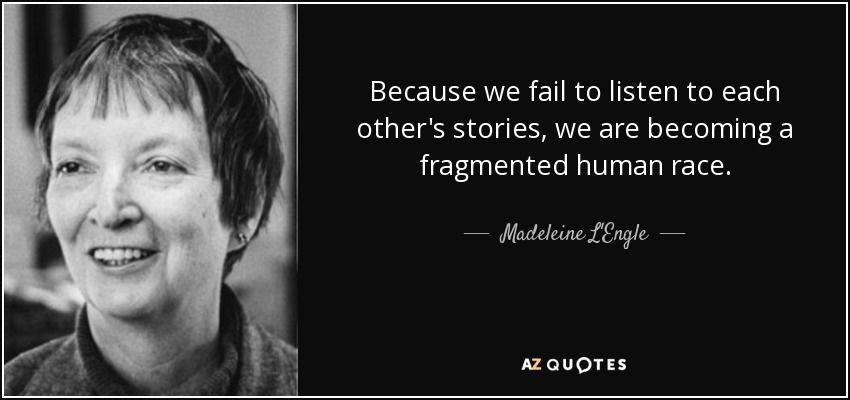
Listen to Learn
Dos
- Ask open-ended questions
- Be interested
- Learn one thing from everyone
Don'ts
Have the same conversation again and again
Perhaps you’ve heard the saying “it’s better to be interested than interesting?” That idea can seem downright contrarian in this era of selfies and social media posts about all the fascinating things we’re doing in our lives (and that we assume other people will want to know about). But why not think about listening as a ticket to a free education? All you have to do is assume that everyone you meet has learned a thing or two in their lives, and that you can unearth those insights with a combination of genuine interest and some open-ended questions. Some options:
- What surprised you about that?
- What has been the biggest memo-to-self moment?
- Why did that interest you?
- What did you like most about that?
Here’s another way to think about it: What if your everyday life were a podcast and your job was to interview people?
Learn From Everyone
Narinder Singh, who has worked in many technology companies and was a co-founder of the tech firm Appirio, started adopting this idea that he can learn something from everybody early in his career, when he was part of a rapidly growing company and he had to interview up to 10 job candidates a day.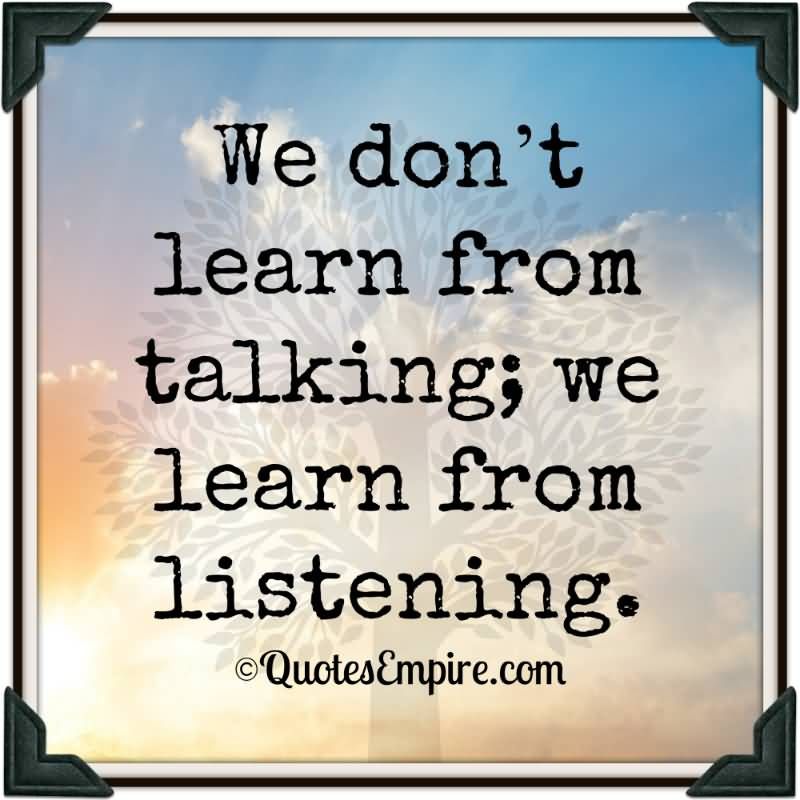
“Almost as a defense mechanism, I started trying to learn something from each person, because otherwise having these same conversations was going to drive me crazy,” he said. “Then I started applying that to every person I met, and I try to live by this every day. When you meet somebody, pull every piece of insight you can out of them.”
A Never-ending Learning Curve
If you’re ambitious, this approach of learning from everyone you meet is more of a need-to-have rather than nice-to-have. Reid Hoffman, the billionaire venture capitalist and co-founder of LinkedIn who made prescient early bets on companies like AirBnB and Facebook, said that the most important quality he looks for in aspiring entrepreneurs is an “infinite learning curve.”
“Most of the time the businesses that I’m investing in are breaking new ground and creating a new area,” Mr. Hoffman told me in an interview. “You have to have a sense of, ‘How am I going to learn a new area?’ So I’m looking for an ability to be learning constantly, and fast.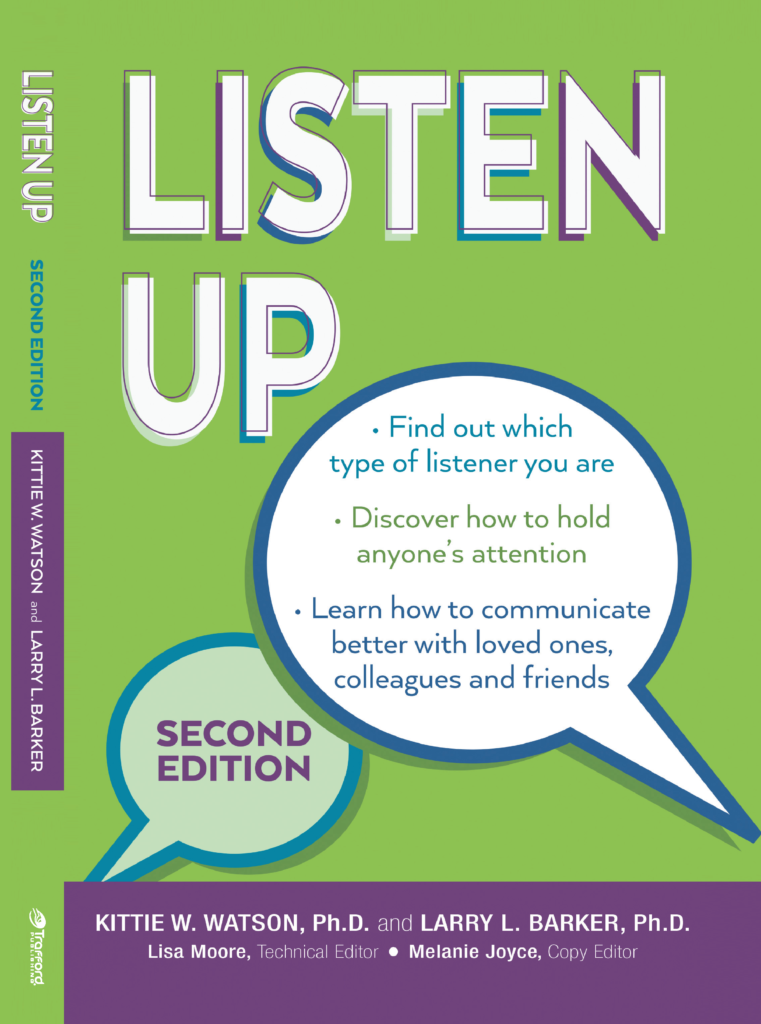 ”
”
If you show interest and energy, people will respond and share what they know and how they learned it. It’s a fast and free education, plus you’ll build relationships. That may seem like a statement of the obvious, but surprisingly few people act on it.
Hey Bosses, Listen Up!
Dos
- Respect your workers
- Solicit opinions
- Ask: “What do you think?”
Don'ts
- Assume you have all the answers
- Shut people out from forming a plan
Over the years of giving talks at business schools to classes of students who have full-time jobs — usually part of an executive M.B.A. program — I’ve often posed a simple question to the group: “How many of you feel like your boss listens to you — not every second, but just in general?” Most of the time, fewer than half the hands go up.
Let’s go back to first principles. What are the qualities that make for a good boss? Yes, there’s a long list, but I would submit that they need to be trustworthy and they have to respect the people who work for them. And what is the important day-to-day manifestation of showing somebody that you respect them? Listening to them.
And what is the important day-to-day manifestation of showing somebody that you respect them? Listening to them.
Yet why are so few managers good at listening? Maybe they feel like they’re supposed to have answers, rather than questions. Maybe they feel like they’re under tremendous pressure to move quickly, and they don’t have the time to solicit other opinions when they already have a clear plan in mind. Maybe they are more interested in managing up than managing down.
A Lesson From a President
But if you want to be a better manager, there are four simple words to add to your vocabulary, according to J.W. “Bill” Marriott Jr., the executive chairman of Marriott International. He shared a story from his early years (he’s 86 now) of how he learned them.
“In 1954, I had just finished Supply Corps School and came home for Christmas to our farm in Virginia,” he said in our interview. “Dad’s best friend at the time was Ezra Taft Benson, who was secretary of agriculture and later became president of the L. D.S. church [Church of Jesus Christ of Latter-day Saints]. And he invited Ike and Mamie Eisenhower. So here’s the president and the secretary of agriculture, here’s my father, and here I am. They wanted to take Ike to shoot some quail, but it was cold and the wind was blowing like crazy. My dad said, ‘Should we go and shoot quail or should we stand by the fire?’ And Eisenhower turned around and looked at me and he said, ‘What do you think we should do?’”
D.S. church [Church of Jesus Christ of Latter-day Saints]. And he invited Ike and Mamie Eisenhower. So here’s the president and the secretary of agriculture, here’s my father, and here I am. They wanted to take Ike to shoot some quail, but it was cold and the wind was blowing like crazy. My dad said, ‘Should we go and shoot quail or should we stand by the fire?’ And Eisenhower turned around and looked at me and he said, ‘What do you think we should do?’”
Mr. Marriott added: “That made me realize how he got along with de Gaulle, Churchill, Roosevelt and others — by including them in the decision and asking them what they thought. So I tried to adopt that style of management as I progressed in life, by asking my people, ‘What do you think?’ Now, I didn’t always go with what they thought. But I felt that if I included them in the decision-making process, and asked them what they thought, and I listened to what they had to say and considered it, they usually got on board because they knew they’d been respected and heard, even if I went in a different direction than what they were recommending. ”
”
Mr. Marriott said that “What do you think?” are the four most important words in the English language. “Listen to your people and learn,” he added.
And if you’re curious about how the quail-shoot story ended, the young Bill Marriott shared his opinion with the president: “It’s too cold. Let’s stay in by the fire.”
Two Final Questions
Who is the best listener you know? Think for a moment about what they do to earn that status among all your friends, family and colleagues. It’s a good bet that they do many of the things described above — they seem fully present when you talk with them; they don’t judge you or bring their own agendas to the conversation; and they’re genuinely curious about what’s going on in your life.
Now for the last question: If somebody were to ask everyone in your circle of family, friends and colleagues who is the best listener they know, would they say it’s you? Practice some of these approaches and you’ll earn that title.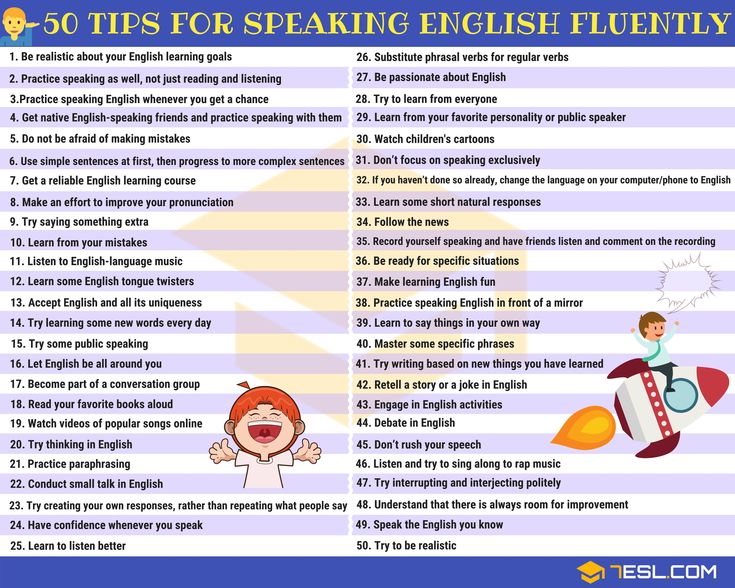 Because listening is becoming an increasingly rare skill, you’ll be a standout if you make the effort.
Because listening is becoming an increasingly rare skill, you’ll be a standout if you make the effort.
Read Interviews With the C.E.O.s in This Guide
10 Steps To Effective Listening
iStock-izusekby Dianne Schilling
You might also enjoy this article: 9 Small Steps That Will Make You Happier, Starting Now
In today's high-tech, high-speed, high-stress world, communication is more important then ever, yet we seem to devote less and less time to really listening to one another. Genuine listening has become a rare gift—the gift of time. It helps build relationships, solve problems, ensure understanding, resolve conflicts, and improve accuracy.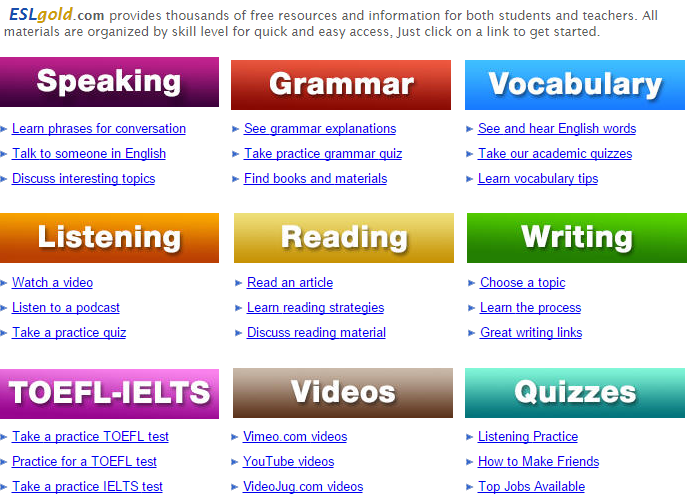 At work, effective listening means fewer errors and less wasted time. At home, it helps develop resourceful, self-reliant kids who can solve their own problems. Listening builds friendships and careers. It saves money and marriages.
At work, effective listening means fewer errors and less wasted time. At home, it helps develop resourceful, self-reliant kids who can solve their own problems. Listening builds friendships and careers. It saves money and marriages.
Here are 10 tips to help you develop effective listening skills.
Step 1: Face the speaker and maintain eye contact.Talking to someone while they scan the room, study a computer screen, or gaze out the window is like trying to hit a moving target. How much of the person's divided attention you are actually getting? Fifty percent? Five percent? If the person were your child you might demand, "Look at me when I'm talking to you," but that's not the sort of thing we say to a lover, friend or colleague.
In most Western cultures, eye contact is considered a basic ingredient of effective communication. When we talk, we look each other in the eye. That doesn't mean that you can't carry on a conversation from across the room, or from another room, but if the conversation continues for any length of time, you (or the other person) will get up and move. The desire for better communication pulls you together.
The desire for better communication pulls you together.
Do your conversational partners the courtesy of turning to face them. Put aside papers, books, the phone and other distractions. Look at them, even if they don't look at you. Shyness, uncertainty, shame, guilt, or other emotions, along with cultural taboos, can inhibit eye contact in some people under some circumstances. Excuse the other guy, but stay focused yourself.
Step 2: Be attentive, but relaxed.Now that you've made eye contact, relax. You don't have to stare fixedly at the other person. You can look away now and then and carry on like a normal person. The important thing is to be attentive. The dictionary says that to "attend" another person means to:
- be present
- give attention
- apply or direct yourself
- pay attention
- remain ready to serve
Mentally screen out distractions, like background activity and noise. In addition, try not to focus on the speaker's accent or speech mannerisms to the point where they become distractions.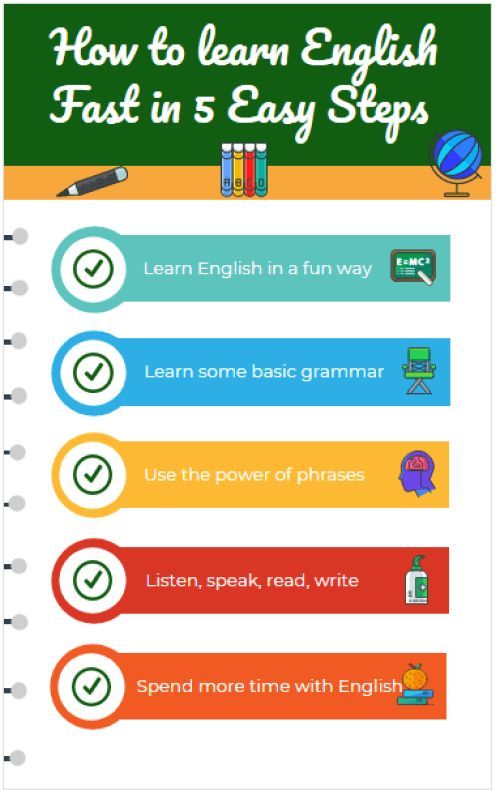 Finally, don't be distracted by your own thoughts, feelings, or biases.
Finally, don't be distracted by your own thoughts, feelings, or biases.
Listen without judging the other person or mentally criticizing the things she tells you. If what she says alarms you, go ahead and feel alarmed, but don't say to yourself, "Well, that was a stupid move." As soon as you indulge in judgmental bemusements, you've compromised your effectiveness as a listener.
Listen without jumping to conclusions. Remember that the speaker is using language to represent the thoughts and feelings inside her brain. You don't know what those thoughts and feelings are and the only way you'll find out is by listening.
Don't be a sentence-grabber. Occasionally my partner can't slow his mental pace enough to listen effectively, so he tries to speed up mine by interrupting and finishing my sentences. This usually lands him way off base, because he is following his own train of thought and doesn't learn where my thoughts are headed.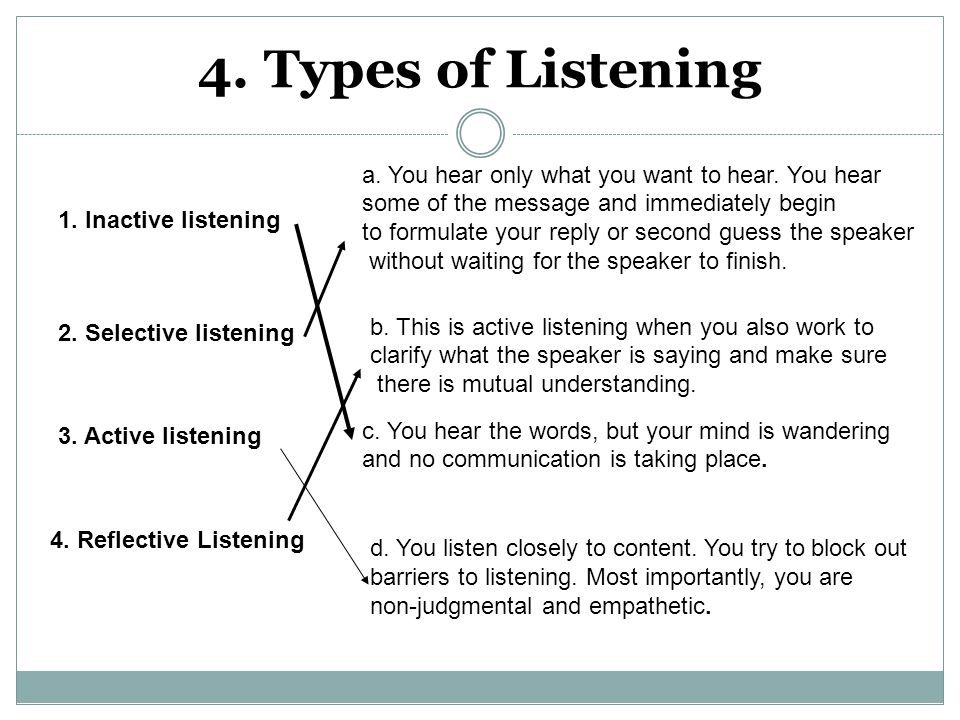 After a couple of rounds of this, I usually ask, "Do you want to have this conversation by yourself, or do you want to hear what I have to say?" I wouldn't do that with everyone, but it works with him.
After a couple of rounds of this, I usually ask, "Do you want to have this conversation by yourself, or do you want to hear what I have to say?" I wouldn't do that with everyone, but it works with him.
Allow your mind to create a mental model of the information being communicated. Whether a literal picture, or an arrangement of abstract concepts, your brain will do the necessary work if you stay focused, with senses fully alert. When listening for long stretches, concentrate on, and remember, key words and phrases.
When it's your turn to listen, don’t spend the time planning what to say next. You can't rehearse and listen at the same time. Think only about what the other person is saying.
Finally, concentrate on what is being said, even if it bores you. If your thoughts start to wander, immediately force yourself to refocus.
Step 5: Don't interrupt and don't impose your "solutions. "
"Children used to be taught that it's rude to interrupt. I'm not sure that message is getting across anymore. Certainly the opposite is being modeled on the majority of talk shows and reality programs, where loud, aggressive, in-your-face behavior is condoned, if not encouraged.
Interrupting sends a variety of messages. It says:
- "I'm more important than you are."
- "What I have to say is more interesting, accurate or relevant."
- "I don't really care what you think."
- "I don't have time for your opinion."
- "This isn't a conversation, it's a contest, and I'm going to win."
We all think and speak at different rates. If you are a quick thinker and an agile talker, the burden is onyouto relax your pace for the slower, more thoughtful communicator—or for the guy who has trouble expressing himself.
When listening to someone talk about a problem, refrain from suggesting solutions. Most of us don't want your advice anyway.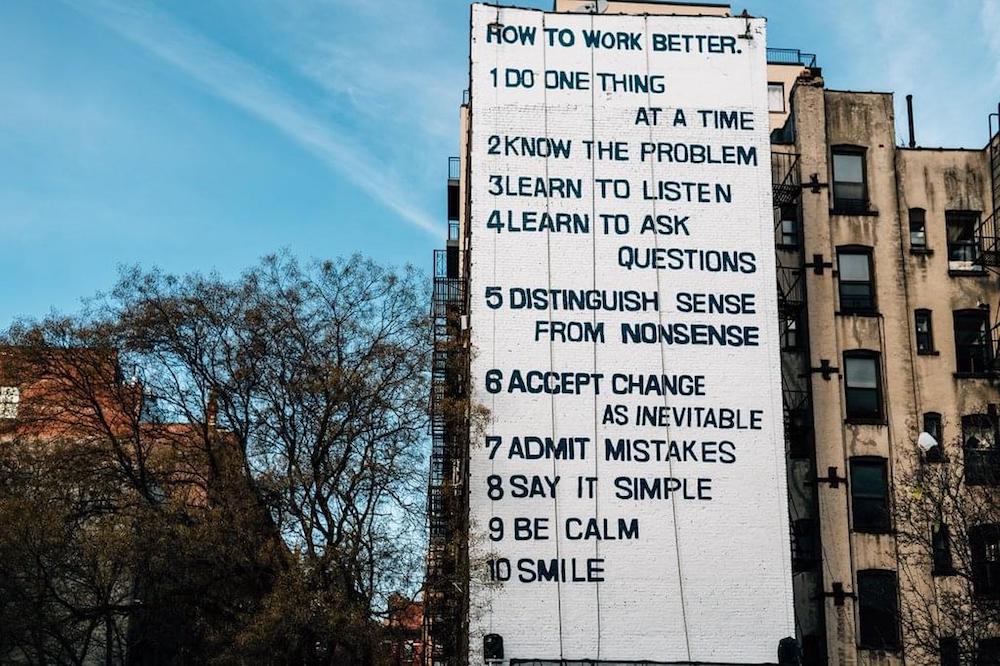 If we do, we'll ask for it. Most of us prefer to figure out our own solutions. We need you to listen and help us do that. Somewhere way down the line, if you are absolutely bursting with a brilliant solution, at least get the speaker's permission. Ask, "Would you like to hear my ideas?"
If we do, we'll ask for it. Most of us prefer to figure out our own solutions. We need you to listen and help us do that. Somewhere way down the line, if you are absolutely bursting with a brilliant solution, at least get the speaker's permission. Ask, "Would you like to hear my ideas?"
When you don't understand something, of course you should ask the speaker to explain it to you. But rather than interrupt, wait until the speaker pauses. Then say something like, "Back up a second. I didn't understand what you just said about…"
Step 7: Ask questions only to ensure understanding.At lunch, a colleague is excitedly telling you about her trip to Vermont and all the wonderful things she did and saw. In the course of this chronicle, she mentions that she spent some time with a mutual friend. You jump in with, "Oh, I haven't heard from Alice in ages. How is she?" and, just like that, discussion shifts to Alice and her divorce, and the poor kids, which leads to a comparison of custody laws, and before you know it an hour is gone and Vermont is a distant memory.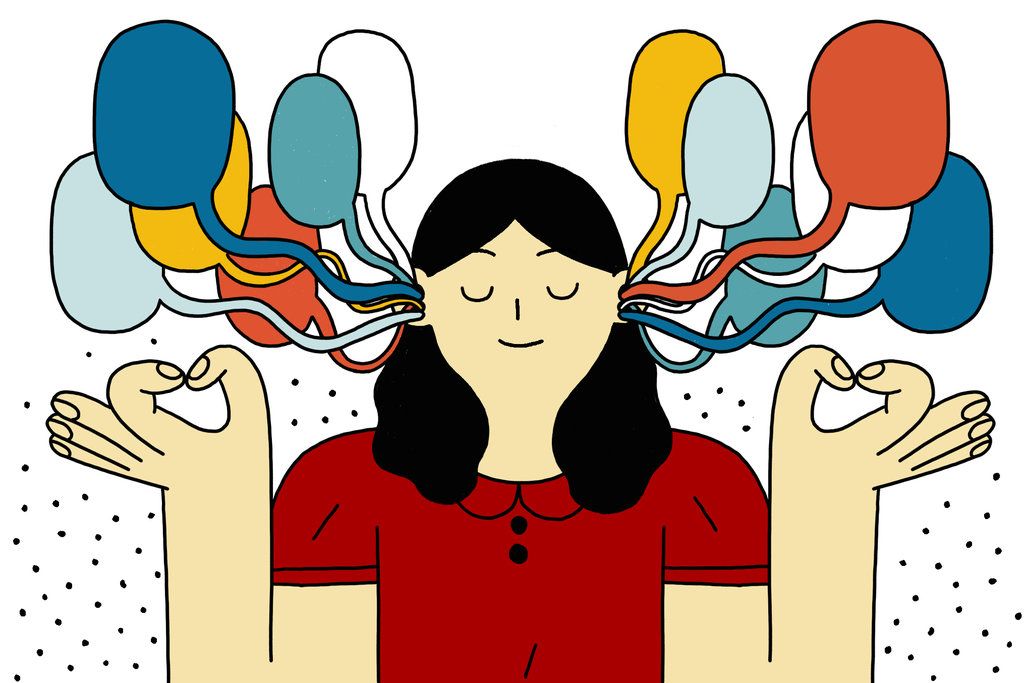
This particular conversational affront happens all the time. Our questions lead people in directions that have nothing to do with where they thought they were going. Sometimes we work our way back to the original topic, but very often we don't.
When you notice that your question has led the speaker astray, take responsibility for getting the conversation back on track by saying something like, "It was great to hear about Alice, but tell me more about your adventure in Vermont."
Step 8: Try to feel what the speaker is feeling.If you feel sad when the person with whom you are talking expresses sadness, joyful when she expresses joy, fearful when she describes her fears—and convey those feelings through your facial expressions and words—then your effectiveness as a listener is assured. Empathy is the heart and soul of good listening.
To experience empathy, you have to put yourself in the other person's place and allow yourself to feel what it is like to be her at that moment. This is not an easy thing to do. It takes energy and concentration. But it is a generous and helpful thing to do, and it facilitates communication like nothing else does.
This is not an easy thing to do. It takes energy and concentration. But it is a generous and helpful thing to do, and it facilitates communication like nothing else does.
Show that you understand where the speaker is coming from by reflecting the speaker's feelings. "You must be thrilled!" "What a terrible ordeal for you." "I can see that you are confused." If the speaker's feelings are hidden or unclear, then occasionally paraphrase the content of the message. Or just nod and show your understanding through appropriate facial expressions and an occasional well-timed "hmmm" or "uh huh."
The idea is to give the speaker some proof that you are listening, and that you are following her train of thought—not off indulging in your own fantasies while she talks to the ether.
In task situations, regardless of whether at work or home, always restate instructions and messages to be sure you understand correctly.
If you exclude email, the majority of direct communication is probably nonverbal. We glean a great deal of information about each other without saying a word. Even over the telephone, you can learn almost as much about a person from the tone and cadence of her voice than from anything she says. When I talk to my best friend, it doesn't matter what we chat about, if I hear a lilt and laughter in her voice, I feel reassured that she's doing well.
Face to face with a person, you can detect enthusiasm, boredom, or irritation very quickly in the expression around the eyes, the set of the mouth, the slope of the shoulders. These are clues you can't ignore. When listening, remember that words convey only a fraction of the message.
Listening Skills Exercise: Summarize, Summarize, Summarize!For at least one week, at the end of every conversation in which information is exchanged, conclude with a summary statement. In conversations that result in agreements about future obligations or activities, summarizing will not only ensure accurate follow-through, it will feel perfectly natural. In conversations that do not include agreements, if summarizing feels awkward just explain that you are doing it as an exercise.
In conversations that result in agreements about future obligations or activities, summarizing will not only ensure accurate follow-through, it will feel perfectly natural. In conversations that do not include agreements, if summarizing feels awkward just explain that you are doing it as an exercise.
Dianne Schilling is a writer, editor, graphic artist and instructional designer who specializes in the development of educational materials and customized training programs for business and industry. She holds a masters degree in counseling and is a founding partner of WomensMedia.
You might also enjoy this article: 9 Small Steps That Will Make You Happier, Starting Now.
6 tips for those who want to learn to listen and hear
Liana Khaziakhmetova
Communication is, first of all, the ability to listen, and only then to speak. Below are tips on how to learn not just to listen to the interlocutor, but to hear what he says, to understand the meaning of his judgments.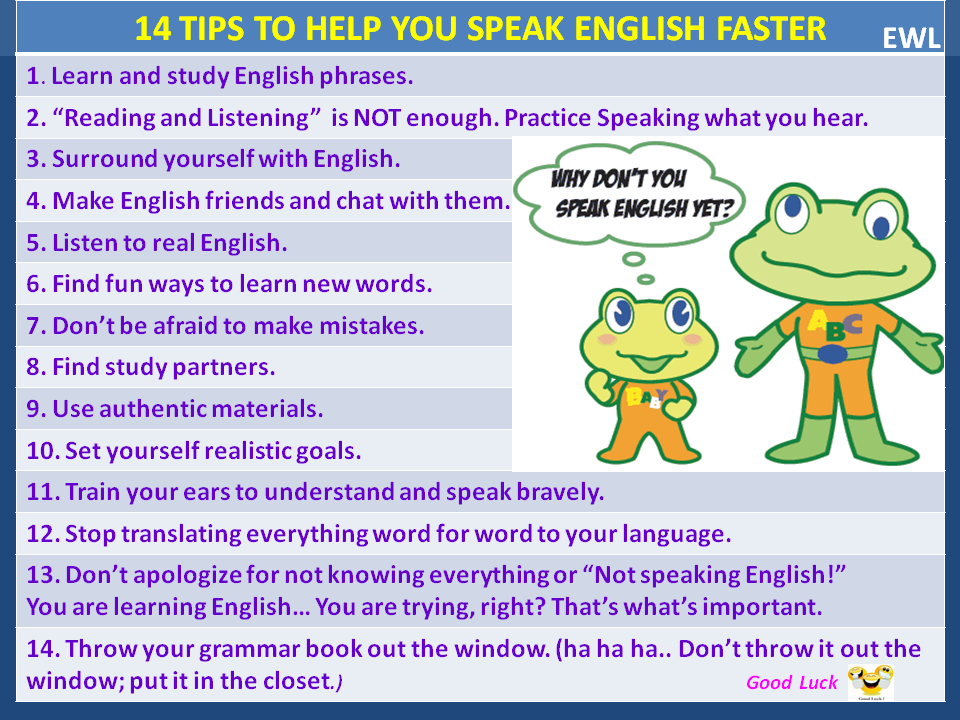 There are people who are interesting to talk to. It is in your hands to become one of them.
There are people who are interesting to talk to. It is in your hands to become one of them.
Imagine yourself in the place of the interlocutor
A great way to establish contact, to help a person open up and hear what he has to say, is to ask him questions like these:
- "How did you do that?"
- "Why did you do that?"
— "How did you feel?"
To actively participate in the conversation and be able to respond to the interlocutor's words with relevant questions and comments, imagine yourself in the situation in which he is or which he describes to you. So you will experience at least a small fraction of what he experienced, and you will be able to grasp, hear the essence, which will allow you to respond correctly - so that the interlocutor will want to tell you even more.
Change the way you act
Advice for those who find it difficult to listen to other people speak and remember what they hear.
Why does a school lesson last exactly forty-five minutes? The attention cycle is twenty minutes long. The teacher is given two minutes for an organizational moment: to say hello, put things in order and start the lesson. Twenty minutes to check homework. Twenty minutes to explain new material. Three minutes to do homework and say goodbye. As you can see, even though the lesson lasts more than twenty minutes, the attention of the children can be held by changing the nature of the actions. First they tune in, then they answer questions, then they listen, they write down, and finally they say goodbye.
The teacher is given two minutes for an organizational moment: to say hello, put things in order and start the lesson. Twenty minutes to check homework. Twenty minutes to explain new material. Three minutes to do homework and say goodbye. As you can see, even though the lesson lasts more than twenty minutes, the attention of the children can be held by changing the nature of the actions. First they tune in, then they answer questions, then they listen, they write down, and finally they say goodbye.
A professional speaker knows about these subtleties, but life does not always bring us into contact with a pro. How to keep your attention, for example, during a two-hour monotonous lecture? Take care of yourself! At least once every twenty minutes, change the nature of the action, unless the speaker himself suggests it. You can write something down, ask a question about the material (at least to yourself, if the format does not involve dialogue with the speaker). You can use your smartphone to find pictures on the topic and look at them while listening to a lecture.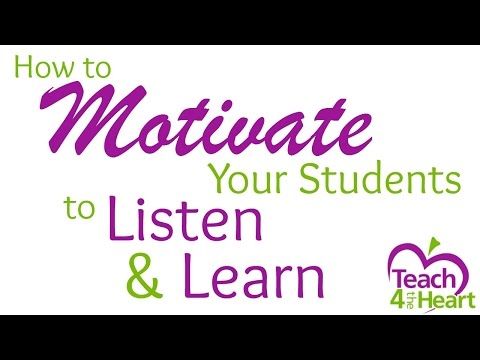 And so on.
And so on.
Remember people by their names and interests
Stop passively listening to your interlocutor - scratch his ego behind the ear. Remember the people you talk to, from their names to their interests. Stop empty talk - start a strong relationship.
To remember a person's name faster, ask yourself: "What is unique about him?" Source
Here's a tip to help you remember the name of the person you're talking to. When you hear a person's name, address him by name. "Nice to meet you, Eliza!" or "Elise, this is my colleague Jenna." This activates auditory memory and allows you to hear the name spoken in your voice. At the same time, you provide the interlocutor with a small burst of dopamine.
Become a silent Sloan
Here is a story from the Science of Communication book on how to learn to listen. When Alfred Sloan became vice president of General Motors and took the reins, the company was in trouble. In 1920, the company's car market share was 12%.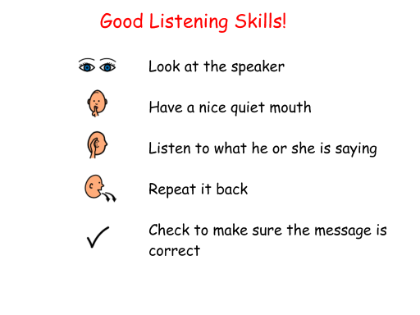 Sloan dreamed of more. And he decided that the best way to deal with competitors - namely, the Ford company - was to go straight to dealers to increase sales. Sloan began visiting dealerships and listening to the ideas that the salespeople had to offer. That's what he did.
Sloan dreamed of more. And he decided that the best way to deal with competitors - namely, the Ford company - was to go straight to dealers to increase sales. Sloan began visiting dealerships and listening to the ideas that the salespeople had to offer. That's what he did.
- Sloan spent six days a week in meetings: three of them discussed the official agenda, the other three discussed problems that arose during the work.
- Other than stating the purpose of each meeting, Sloan was generally silent. He almost never took notes and hardly spoke, only occasionally clarifying details by asking questions. Sloan always ended each meeting with a brief summing up and words of gratitude.
- At the end of each meeting, Sloan chose one leader, made him responsible for resolving the issues discussed, drafted a memorandum with a summary of what was discussed at the meeting, outlined the next steps, work assignments and deadlines. A copy of the memorandum was sent to all meeting participants.
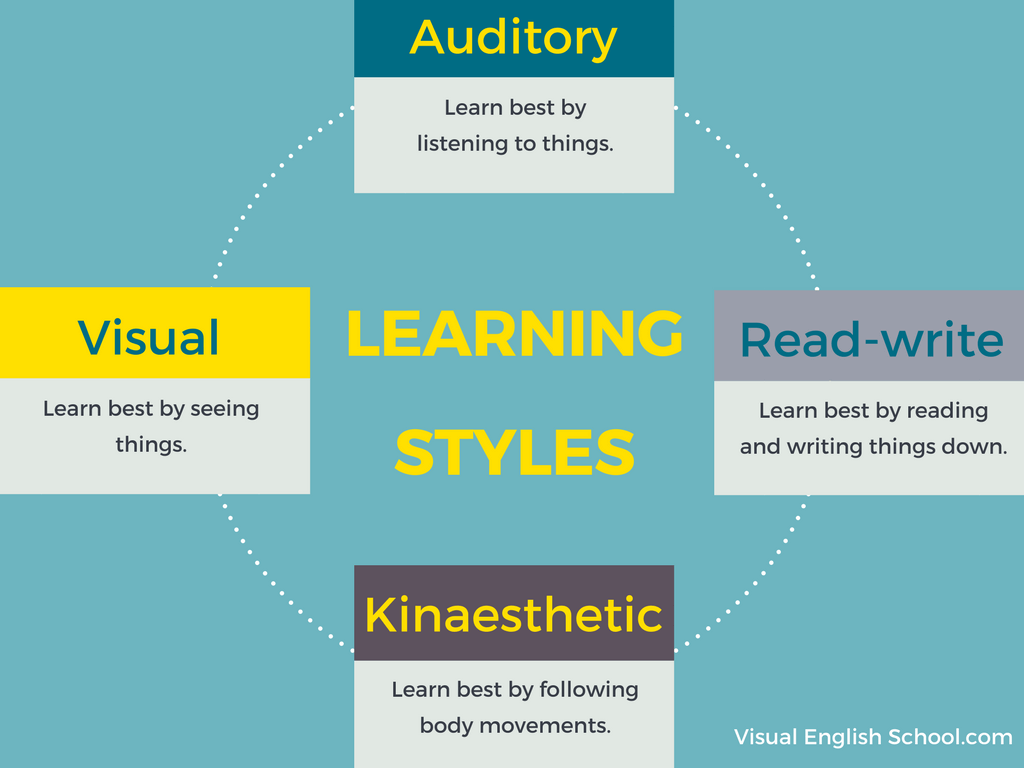
For three decades, Silent Sloan ran the company by what he heard from others, not by what he himself said. He listened attentively to the interlocutor, and then took some steps. By the time he left the organization, General Motors was one of the most successful companies in the world with a market share of 52% (a huge jump considering Sloan started with 12%).
Listen with your eyes
Pay attention to micro-expressions during a conversation - and you will find out the whole truth about a person. This method is based on the search for the emotion behind the words. The point here is to listen to a person, perceiving what he says, by ear, as well as with his eyes.
You can also listen with your eyes. Source
Microexpressions disappear very quickly - in less than a second. Anything that lasts longer becomes a normal facial expression. Why is it so important? Microexpressions (less than a second) are uncontrollable, so they give out true emotions.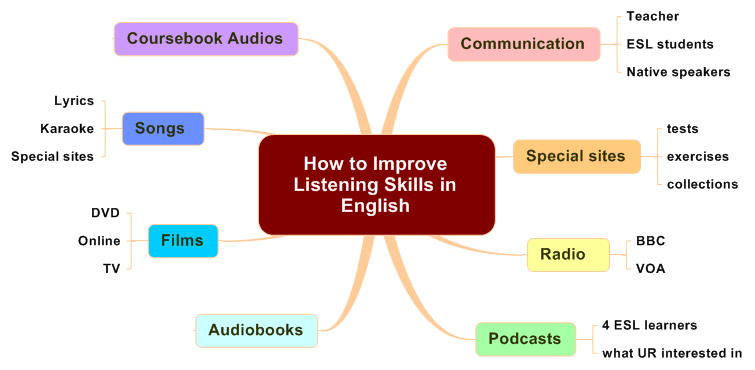 Facial expressions (longer than a second) can be faked, they may not be real. Therefore, you need to look at short flashes of emotions and reflex reactions in order to get the most reliable idea of the interlocutor.
Facial expressions (longer than a second) can be faked, they may not be real. Therefore, you need to look at short flashes of emotions and reflex reactions in order to get the most reliable idea of the interlocutor.
Use LISTEN Techniques
Undivided listening is not only the basis of charisma, but also the essence of communication. However, it rarely occurs. People most often interrupt, finish talking for others and do not pay due attention to each other. If you want to connect more closely with the people who matter to you at work and in your private life, LISTEN (listen) techniques can help.
L = Look, Lift, Lean0004
I = Ignore everything else
S = Suspend Judgment
T = take notes
E = empathize
N = no Buts about It ( and no "buts")
Perhaps the best thing you can do in our world of detachment and alienation to build a warm relationship is to give undivided attention. Do not skimp on it, so you will learn to listen and hear.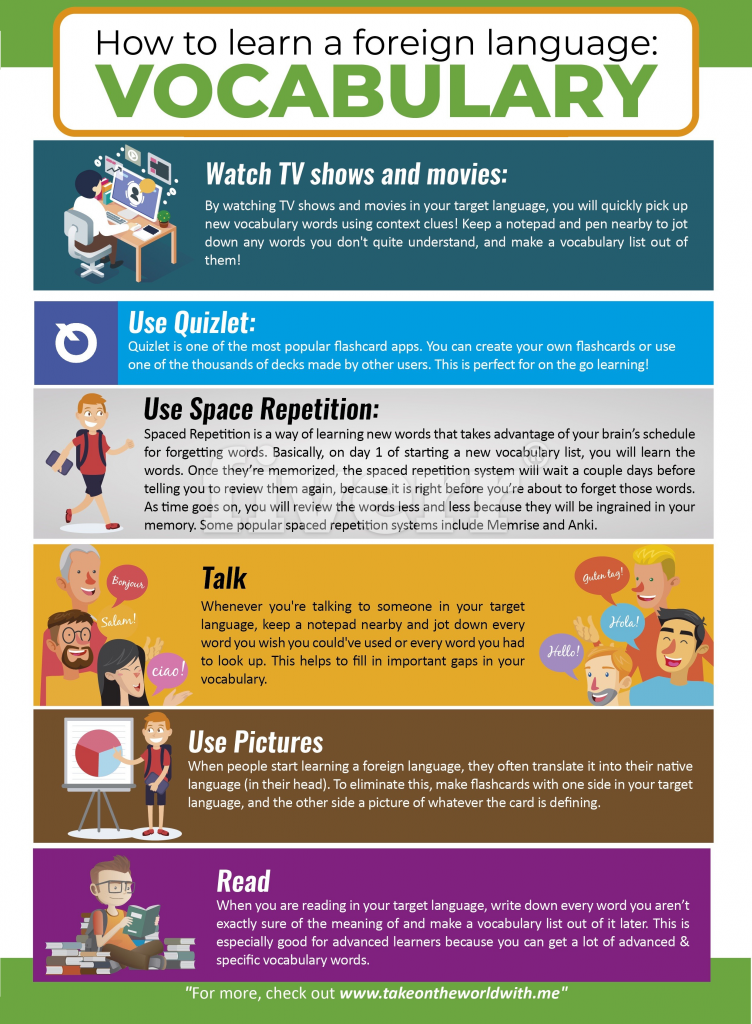
Based on the materials of the books "Kama Sutra for the Orator", "How to Talk to Anyone", "The Science of Communication", "A Minute of Attention!".
Post cover: pixabay.com
How to learn to listen and hear the interlocutor without interrupting, 7 tips about the ability to listen to the interlocutor
Have you ever been told: “Can you listen to the end at least once?” Have they tried to shout at you by raising their voice? If your answers are "yes" - most likely, you just lack the ability to listen to the interlocutor. If your answers are “no”, great! And yet there is no limit to perfection.
GOOD WOOD
Listening and hearing - what a difference
Significant. The physiological ability to hear is given to us from birth, and being able to listen is a separate skill, it has to be learned. When we hear someone, we perceive not just the sound, but also the meaning, the meaning of the words. We feel the well-being of another person, we understand him. For professions where you have to communicate a lot with people, the ability to listen and hear the interlocutor is almost the main skill.
We feel the well-being of another person, we understand him. For professions where you have to communicate a lot with people, the ability to listen and hear the interlocutor is almost the main skill.
Dina Aleksandrova
How to learn to listen and not interrupt your interlocutor
1. Give an invaluable gift - concentrate
Set aside all your activities, gadgets and concentrate on what your interlocutor is saying. It is unlikely that you will understand a person if you listen casually and inattentively. Give the other person just a few minutes of your absolute attention. And that's all: just listen only to him - carefully, without being distracted by anything.
Teplitskaya Design
2. Stop talking to yourself
Our brain works all the time, including when we communicate with someone, trying to understand and hear him.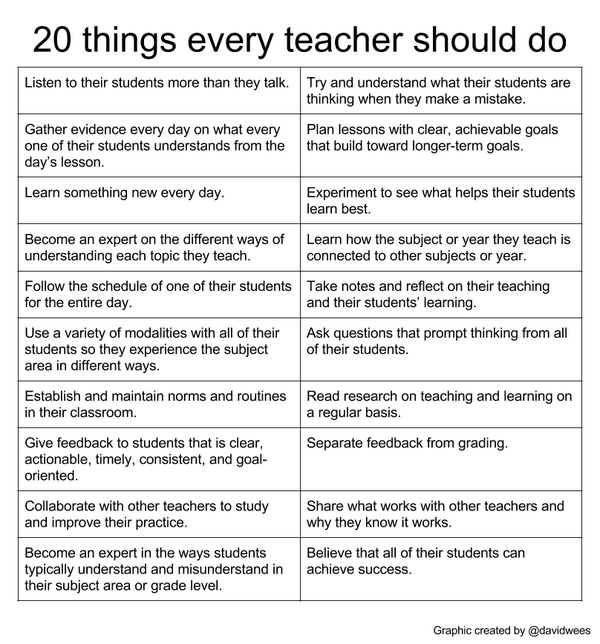 At the same time, thoughts are going through my head: what to say in turn, what to advise, what to do now, how to relate to the information that I have just been told. Stop your own dialogue, stop the "chatter" inside - all this distracts attention and impairs understanding.
At the same time, thoughts are going through my head: what to say in turn, what to advise, what to do now, how to relate to the information that I have just been told. Stop your own dialogue, stop the "chatter" inside - all this distracts attention and impairs understanding.
There are no conjectures, assumptions, going "second line". Your job is just to listen. And stay neutral as long as possible - don't judge, be patient. You will react later when you understand what exactly they wanted to say to you.
3. Be silent until the last
Quite often it happens like this: the interlocutor complains or complains about something. From the very first words, I want to help him, find a solution to his problems, advise something. But if you listened without judgment and without a “second line”, you would most likely understand that all he needs is care and sympathy. He does not need a decision and help, he does a great job on his own. But because you jumped to conclusions, the speaker gets the feeling that he was not understood.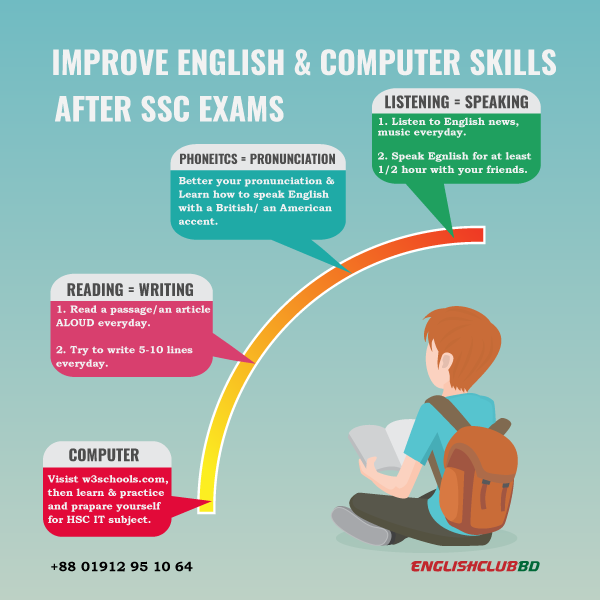 Even though you really wanted to do the best.
Even though you really wanted to do the best.
Renovation Design
4. Feel rather than analyze
Challenge yourself to understand how the other person feels. This is sometimes called "put yourself in his shoes". Imagine that the events described happened to you. Understand not with the mind, but just feel it: you will notice how much your understanding will improve. After all, emotions are what we understand better than any words.
5. Watch for non-verbal expressions
Some time ago we talked about body language, how to show the interlocutor that you are interested in the conversation. It is impossible to actively listen and understand the interlocutor, standing at the stove, with your back to him. Turn around and look the speaker in the eye. Do it for him. And if you can’t, your milk is running out - just say: “I will listen to you carefully in five minutes, but for now I can’t concentrate.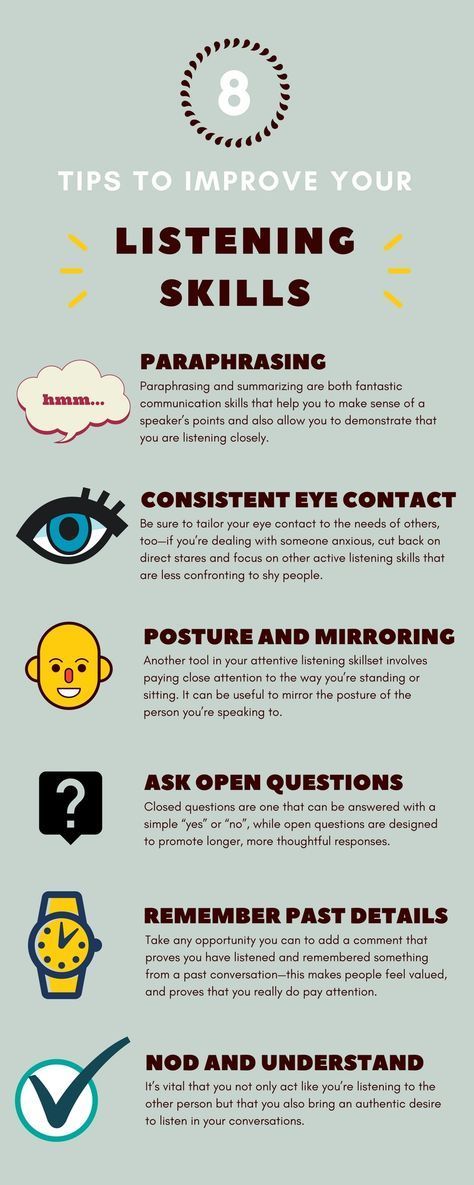 ” This will be more honest and much more effective.
” This will be more honest and much more effective.
ART4INTERIOR
6. Ask
Clarification and clarification is the key to active listening. No need to ask the interlocutor: “So did you finally agree with them or not?”. Ask open-ended questions: “So how did it all end?”. Closed questions require one-word answers: “yes” or “no”. And if you want to learn how to actively listen, you don't need them. “Why did you do…”, “I wonder why…”, “How did you do…” is a good start for an open-ended question.
7. Don't try to be helpful
Giving a point of view, sharing an experience, offering a great solution or working advice is all important and necessary, but not when you are actively listening and trying to understand the other person. All this can be done later - and it will turn out more efficiently. If you are not directly asked for advice, try to restrain yourself. “Listen” is sometimes just listening, listening and sympathizing.